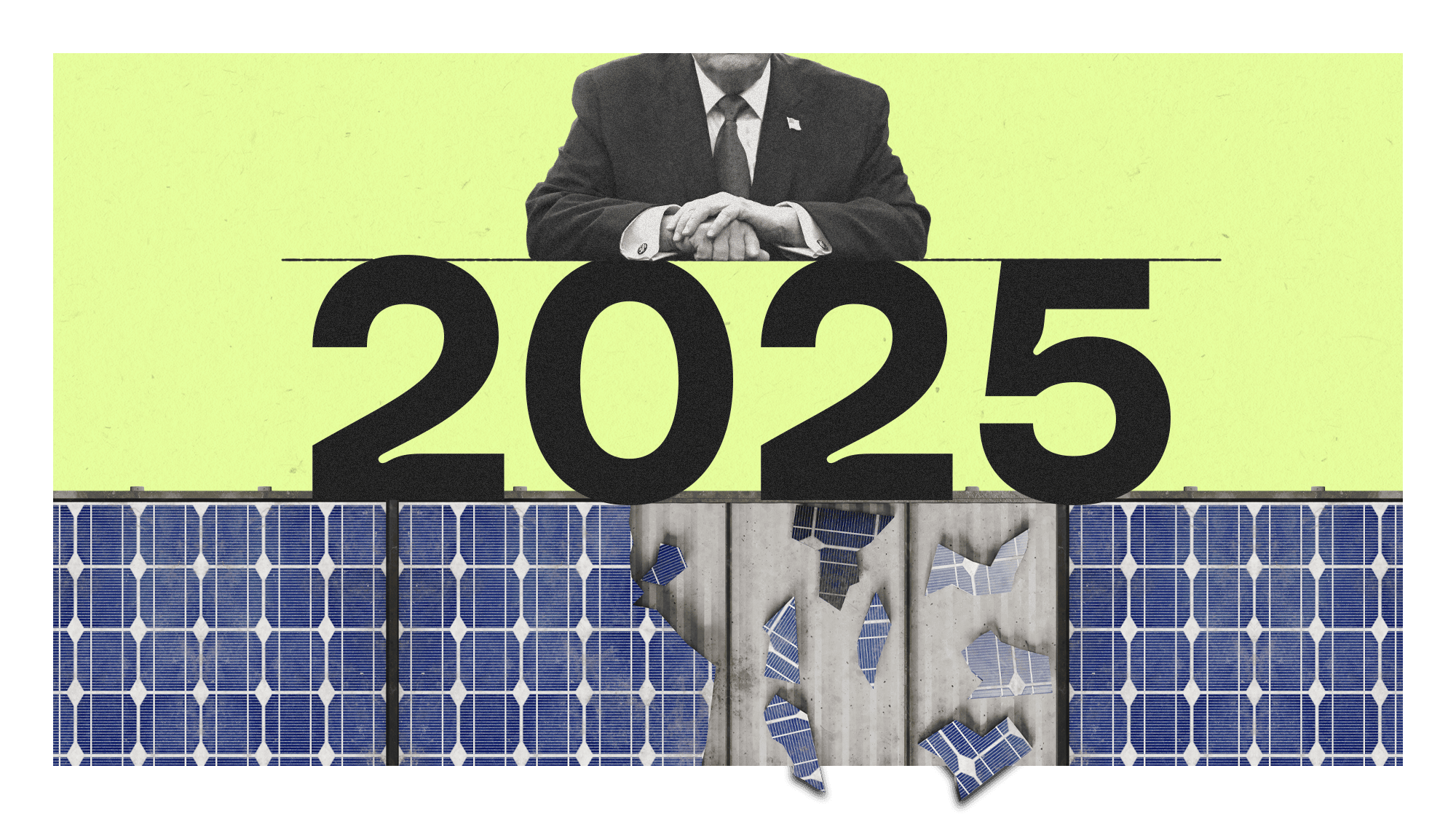Applied Sciences, Vol. 15, Pages 11768: Impact of LED Light Spatial Distribution on Photosynthetic Radiation Uniformity in Indoor Crops
Applied Sciences doi: 10.3390/app152111768
Authors:
Ricardo Romero-Lomeli
Nivia Escalante-Garcia
Arturo Díaz-Ponce
Ernesto Olvera-Gonzalez
Manuel I. Peña-Cruz
The integration of LED lighting enables precise radiation control in plant factory cultivation systems. While LEDs offer energy efficiency and spectral tuning, achieving a uniform photosynthetic photon flux density (PPFD) remains a critical technical challenge. This study evaluated the impact of three spatial LED configurations on irradiance uniformity using commercial horticultural LEDs and a light recipe of 75% red and 25% blue. Optical simulations in TracePro® 2017 were conducted to analyze radiant flux, optical efficiency, and uniformity, along with LED quantity, system cost, and electrical consumption under two environmental scenarios: open (without reflective walls) and closed (with reflective walls). Results show that distribution 3, which featured reduced central LED density, achieved 4–8% higher homogeneity in the open scenario, and 2.7–6.5% in the closed scenario, compared to symmetric layouts (distribution 1 and 2). Reflective walls increased average PPFD by up to 20% and optical efficiency by around 9%, with a minimal effect on uniformity. Lowering the lamp-to-canopy distance from 35 cm to 30 cm resulted in a 10% increase in PPFD. Despite a reduction in total photon flux, distribution 3 exhibited superior irradiance homogeneity. One-way ANOVA confirmed significant effects of environment, height, and LED model (p < 0.05), but not of spatial alone. This simulation-based methodology offers a robust framework for optimizing energy-efficient lighting systems. Future work will explore the integrating of non-visible wavelengths and experimental validations to extend practical applicability.
Source link
Ricardo Romero-Lomeli www.mdpi.com


